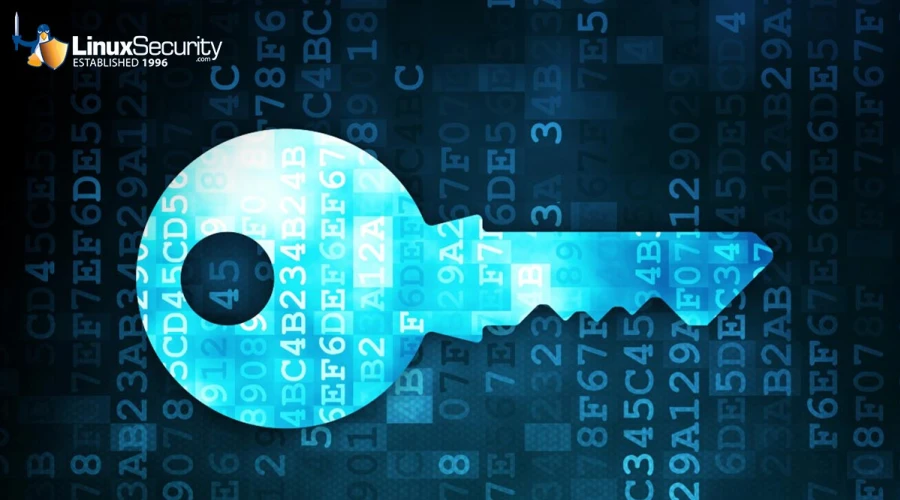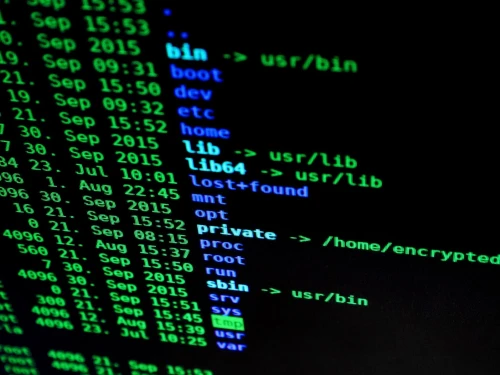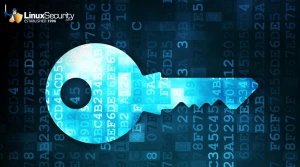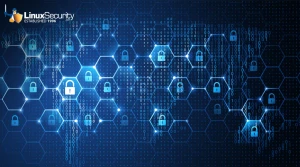A New Era of Threats: Double-Extortion Ransomware Targeting Linux Machines

As cybersecurity evolves, so too has its threats. Symantec recently identified an emerging threat aimed at Linux systems. This new type of ransomware (called double extortion by its creators) encrypts files and exfiltrates and holds onto data, demanding ransom payments in return. Such sophisticated cybercriminal tactics highlight their audacity while attacking many enterprise and cloud environments - an audacious move by cybercriminals targeting such essential infrastructure as server farms.
Here is more insight into this ransomware's mechanisms, its danger, and exploited vulnerabilities, along with actionable insights for Linux administrators looking to protect themselves and fortify defenses against attack.
How Does This Ransomware Work & What Makes It So Dangerous?
 This ransomware variant, believed to have been created by an English- and Spanish-speaking actor, leaves behind a ransom note (/root/README.txt and /user/[username]/README.txt) outlining the steps victims must follow. Furthermore, its relentless behavior involves shutting down processes like PostgreSQL, MongoDB, MySQL, Apache2, Nginx, and PHP-FPM to stop recovery or interference during the attack. It hijacks /etc/motd files to display warning messages, creating a sense of urgency and fear among victims.
This ransomware variant, believed to have been created by an English- and Spanish-speaking actor, leaves behind a ransom note (/root/README.txt and /user/[username]/README.txt) outlining the steps victims must follow. Furthermore, its relentless behavior involves shutting down processes like PostgreSQL, MongoDB, MySQL, Apache2, Nginx, and PHP-FPM to stop recovery or interference during the attack. It hijacks /etc/motd files to display warning messages, creating a sense of urgency and fear among victims.
When files have been encrypted, a ransom note in English and Spanish states that significant volumes of sensitive data have been stolen and encrypted. The perpetrators demand contact via Session, an anonymous messaging app, to negotiate ransom payment in return for decryption keys, emphasizing their preference for secure communication channels.
This ransomware poses an extraordinary danger due to its Double-Extortion technique. Not only are files encrypted, making them inaccessible, but exfiltrated data also provides attackers with additional leverage against businesses. Companies could experience operational capacity loss due to this ransomware attack, and their confidentiality and integrity could be breached, potentially leading to regulatory penalties and irreparable reputation damage.
Who Is At Risk?
This attack is non-discriminatory in its approach. If left vulnerable, any Linux system—found across much of the Internet, cloud infrastructures, and enterprise backends—could become a ransomware attack victim. Organizations with significant data assets, operational reliance on affected databases or services, and inadequate security postures are particularly at risk from this malware threat.
Fortifying Defenses: A Guide for Administrators
 In response to this ever-present danger, Linux administrators must employ multiple layers of defenses to protect their systems and data. Here is some practical and specific advice for defending against this ransomware:
In response to this ever-present danger, Linux administrators must employ multiple layers of defenses to protect their systems and data. Here is some practical and specific advice for defending against this ransomware:
- Recurring Backups: Create encrypted off-site backups of all critical information to protect against possible attacks. Regular encrypted off-site backups could act as your safety net in case of an attack.
- Process and Service Monitoring: Establish monitoring to detect unanticipated stops or modifications of critical services (e.g., PostgreSQL and MongoDB) to detect and address malicious activities promptly.
- Apply Patches & Updates: Apply regular security updates and patches that could protect against ransomware threats.
- Access Controls: Employ stringent access controls and permission policies to restrict administrative privileges to only essential processes or users.
- Intrusion Detection Systems: Use file integrity monitoring and intrusion detection systems (IDS) to detect changes or suspicious activities on your systems.
- Educate and Train: Raise awareness within your operational teams about cyber threats and safe practices. Phishing often serves as an entryway to malware infections.
- Network Segmentation: Divide your network into segments to prevent intrusions from spreading and provide enhanced protection for sensitive areas through improved controls.
Our Final Thoughts on This Ransomware
The recent rise of double-extortion ransomware targeting Linux systems is a stark reminder of cyber adversaries' increasing sophistication and audacity. It underscores the necessity of adopting a proactive security strategy comprised of technological solutions and a culture of awareness and preparedness.
Organizations can significantly lower their risks by understanding the nature of ransomware attacks, recognizing signs of an attack, and taking recommended security measures to secure systems and data against cyber threats. Vigilance, preparedness, and resilience are key to protecting system and data integrity in an ever-evolving cyber threat environment.

















